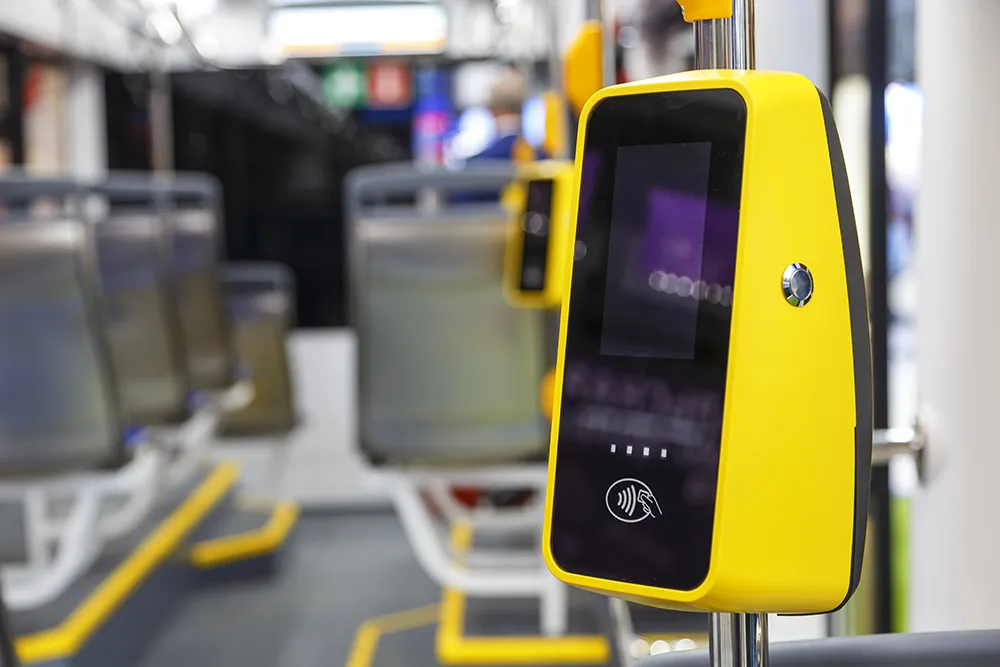Latvia’s road traffic Safety directorate (CSDD) has called for the reintroduction of stationary and mobile speed cameras and higher penalties for exceeding the speed limit.
CSDD representative Janis Golubev emphasised that the two main causes of death are violation of speed limits and the carelessness of pedestrians who do not use light-reflecting accessories. ‘Most of the road accidents are linked to speed limit violations,’ he said. He admits that ever since speed cameras disappeared from Latvia’s roa
November 18, 2013
Read time: 2 mins
Latvia’s road traffic Safety directorate (CSDD) has called for the reintroduction of stationary and mobile speed cameras and higher penalties for exceeding the speed limit.
CSDD representative Janis Golubev emphasised that the two main causes of death are violation of speed limits and the carelessness of pedestrians who do not use light-reflecting accessories. ‘Most of the road accidents are linked to speed limit violations,’ he said. He admits that ever since speed cameras disappeared from Latvia’s roads, drivers tend to exceed speed limits rather often. While the average speed on Latvia’s roads was 89-90 km/h in 2012, current data suggests it is now 93 km/h. Average speed on some highways is as high as 106 km/h. “It gradually grows. It is absolutely clear that we need to re-introduce speed cameras,” said Golubev.
According to Golubev, 19 people have already been killed on Latvia’s roads during November, costing the country nearly US$13.4 million. He said this amount is enough to re-introduce speed cameras.
CSDD representative Janis Golubev emphasised that the two main causes of death are violation of speed limits and the carelessness of pedestrians who do not use light-reflecting accessories. ‘Most of the road accidents are linked to speed limit violations,’ he said. He admits that ever since speed cameras disappeared from Latvia’s roads, drivers tend to exceed speed limits rather often. While the average speed on Latvia’s roads was 89-90 km/h in 2012, current data suggests it is now 93 km/h. Average speed on some highways is as high as 106 km/h. “It gradually grows. It is absolutely clear that we need to re-introduce speed cameras,” said Golubev.
According to Golubev, 19 people have already been killed on Latvia’s roads during November, costing the country nearly US$13.4 million. He said this amount is enough to re-introduce speed cameras.










